Artists who build careers on their own terms
In the last three years, since launching this site, I’ve been struck by the increasing numbers of artists who take the business of showing and marketing their work into their own hands. Though some still nurse fond dreams of a benevolent and well-connected dealer easing their way toward stardom (or at least a solid collector base), many find a do-it-yourself route allows for more control and greater outreach. Below, seven Vasari21 members share smart tactics.
Christopher Benson, Santa Fe, NM
I don’t really like to be managed or told what to do. I’m 59 years old, and I’ve been selling paintings since my early 20s. I’ve built up a network of people who support me, and I did that on my own. I’ve maintained relationships with a group of collectors for 35 years now.
One of the reasons I’m not a good gallery person is that I don’t like my work to be sold to strangers. I want to know who’s buying my paintings. I want to know that they’ll take an interest beyond just the market value.
I didn’t like it when a dealer in Santa Fe would sell something I particularly liked, and then would withhold the name of the collector. They’re afraid the artist will make an end run.… I’ve offered to sign an agreement that I would not go around them, and if I did I would cut them in.
I don’t like doing email blasts. I call people up, I talk to them.
The other thing I do, I let my collectors know when things that are advantageous to the value of their collection. When I sell something for a lot of money or land an award or publish a book, I let them know. I want them to see that I’m interested in the value and provenance of my work.
I make a lot of different kinds of art. I paint different kinds of things, I do hard-edged realism, figurative paintings, landscapes, but they all look like I painted them. Because I have so many different ways of making pictures I have a wider audience. The institutions can’t stand it when you don’t have one identifiable voice. The gallery culture wants to put you in the box; they want you to produce a dependable product.
Susan Schwalb, New York, NY

Susan Schwalb’s Poetry of the Square III (2018): the artist discovered that seeking out drawings curators at museums provided a huge boost
Growing up in the 1970s as a woman who did modest-scale works on paper, I was basically out of the loop. You had to build a career on your own. The best thing for me in the early days was the women’s art community. We developed a network for sharing information.
I met curators through the women’s community. I was never afraid to approach museums, even very big museums. In the early ’90s, my career really took off when I began to make a certain body of work in metalpoint. Each museum I went to wanted a piece, and at the time drawings curators had their own budget. I contacted the appropriate person, and I made the sale. The paintings curator might be impossible to connect with, but a work on paper or a print can get you an audience.
I was never worried about being rejected, and curators often made comments that were helpful. Every time I traveled somewhere, I would attempt to get a meeting with a drawings curator. When my husband and I were visiting Eastern Europe, I discovered the Kupferstichkabinett in Berlin, which owned one of the greatest silverpoint drawings I’d ever seen, a portrait by Rembrandt of his first wife, Saskia. I told the curator I contacted that I would really love to see that one, and by the way would he like to have a look at my work? The museum purchased one of my works, and I gave them two others because they were short of funds.
I’ve not been able to get into the Tate, but the British Museum has a fund to acquire the work of American artists, and the curator bought three pieces of mine.
Placing work with museum collections has been a way to get my work out into the world and add to my résumé without the backing of a big-name dealer.
Peter Roux, Asheville, NC
I was fortunate to be included in the New American Paintings catalogue in 2000 and 2002 Artists still submitted slides; the Internet was in its infancy; and that catalogue at the time was a resource for galleries. I got about ten or eleven calls, and I ended up settling in with three or four major galleries, and three of those I still work with today.
But early on I found myself working with too many people, so I started pulling back a bit and concentrated on those where good relationships were developing.
A lot of collectors feel a kinship and a connection to a dealer as much as to an individual artist; you are one of many being looked at, so there’s no good reason to depend on one gallery to represent your work. I now work with about seven galleries, and that’s been fairly contrast for a while.
I thought of the country in terms of market, identifying metro areas that had some kind of art community and culture, and I try to have my work represented in different places that are not in competition with one another.
I also work with art consultants, the same way I do with galleries. They typically will keep artists on file and present images to clients, both corporate and private. They contact me when they have a job or a project for me. I’m working with a consultant in Boston who does all corporate work—and she does what she does really well—much of it on commission, for a hotel, for example. If a consultant reaches out to me, she has probably already shown the work to a client. There’s no guarantee of a sale, but it’s probably more likely.
You can Google art consultants in large metropolitan areas. Go to their websites and see what they do—are they working only at a blue-chip level? Or does your art fit into the mix? A consultant won’t typically say, I want to be the only one you work with. As the years as have gone by, I’ve enjoyed working as much or more with consultants as with art dealers.
Having shows is becoming less and less important. I’ve gotten to the point now that if I’m only working with consultants, and not having shows, I would be okay with that. The old aura of gallery openings is not that big of a deal; an opening is just a big cocktail party.
If I were an artist just out of school, I’d be approaching galleries, I’d follow consultants–on Instagram, for example. Find out which are good fits; two have found me through Instagram.
I make the living I do because I work with so many different people. Something’s always happening somewhere. And that’s the key….I’ve got direct sales, consultants, and galleries.
Susan Washington, East Stroudsburg, PA
I have been creating paintings and collage for a very long time, but I decided to share and sell my work only in the last six years. Before that I had a career in the fashion industry and just made art because it was something I enjoyed
What I learned from my first career was the importance of building relationships. Over the last few years, I have worked hard to forge ties with the people I sell to—designers, gallerists, and collectors. It’s important to be able to switch hats, if only for a couple of hours, and make the connections to people you market to and work with.
The Internet is the place where I start. That’s where potential collectors and designers see what I’m doing, and gain insights into my process; they get a glimpse into my world. Online, they ask questions that open up conversations and may often lead to sales. On Instagram I follow designers whose work resonates with me. When I see something that jumps out, I don’t just “like” things, I will give feedback or a comment
I’ll occasionally also send out oversized postcards to contacts and collectors when I have a new work that I think that might like. I have a reproduction printed on very heavy matte paper so that I can write a personal message. Whether it’s a collector or designer, it’s more memorable than an email to have something physical in hand. This past Christmas I sent out matted, limited-edition prints with cards to those I have worked with during the year and wanted to thank.
I double check email and get back to people (you would be surprised at how many missed opportunities I’ve heard about because artists didn’t respond to an inquiry). I check Artnet, Artsy and Women’s Wear Daily, as well as Instagram profiles of some influencers I’m following just to see what’s going on in the art and fashion world. I check the stats on my website to see how it’s performing and what content attracts the most interest.
I research and add relevant potential clients into my database. I usually spend some time each week going over my art cataloging system (I use the Artwork Archive) and update new works, edit those that sold or moved location. I check out the art fairs online to see what galleries are showing and what is selling. I contribute to online forums and Facebook pages where artists may be asking questions and looking for advice.
All of this may take a few hours a day, but in the end you are building a vast network, one that’s more potent than an individual dealer can provide.
(You can also check out Susan’s advice for selling on Saatchi here.)
Leslie Parke, Cambridge, NY
When the market drops hugely—say, 2000 points—I know I’m going to have to go through years of no income. After the 2008 crash, I was just at the point where I was about to raise my prices, and instead I buckled down and lowered my expenses as much as possible. People kept saying, You need to do smaller, more affordable work. Instead I did bigger works. I ignored the market entirely because I knew that when the market turns, it turns quickly, and you have to take advantage of that moment. All these wealthy people who could have been buying came out in droves, and my bigger paintings sold well. I filled the larder, I bought supplies, I put away as much money as I could.
I’ve found that artists don’t do enough self-promotion. When I have a show, I reach out to architects, interior designers, writers. I regularly do open studios on a highly professional level.
A tool I’ve found helpful is a feature on Dropbox called Showcase, which I can use to share bodies of work with clients, dealers, and others. You can make notes on it, and you can see if others have opened the file. [This runs about $17 a month but Dropbox offers a free trial.] I’ve discovered that it’s a great to have a portfolio for each body of work, which can be accessed easily, without going to my website.
And I’ve I always had my work photographed professionally. The slightest imperfection in an image is what people will remember, and if a dealer or juror is looking at hundreds of images, it’s the flaw that will stand out, not the work.
David Leaser, San Diego, CA
Decorators, designers, and others find me through advertising with Google adwords—display ads on the search engine. I advertise in some magazines, like Architectural Digest and Florida Design, which looks like the old AD of 20 years ago and has a very targeted clientele. I take out a full-page ad for a couple thousand dollars.
I advise artists to submit for any kind of award you think you have a chance of winning. Because when I win photography awards, I get more people calling me up. Sunset magazine did an editorial piece about me and my photography because of an award I had won. And because of an international photography competition, I got a call from a London art gallery, which showed my photo Tiger’s Eye at the 2013 London Biennale.
Instagram drives people to my website and to galleries. I have a huge following on Facebook, but many more people are taking action on Instagram
I’ve learned that there are certain target markets for my work. A Chicago gallery once showed 20 pieces, and not one sold. In Sarasota, FL, it’s a whole different story, but an hour to the north in Tampa, there’s been no interest at all. Dallas, Miami, Palm Beach, and Washington, DC, are where I’ve had the greatest success.
Gwen Gunter, Atlanta, GA
I’ve had very little luck with dealers—the work just sits in the back room—but I get the art out there by answering open calls, which I find on Call for Entry, Instagram, even from museums that send out open calls. At least once a month I will scour new information about what’s coming up. Sometimes a gallery will pop up on Artsy or Blouin Artinfo, and there are a number of artist-run galleries in New York, which offer shows juried by people connected with museums or art publications. Prince Street Gallery and Atlantic Gallery in New York are two I’ve targeted, and I just found out about Smack Mellon in Brooklyn, which takes applications for shows twice a year.
Museums that have open calls include Atlanta MoCA in Georgia, the LaGrange Museum in LaGrange, GA, and the Alexandria Museum in Alexandria, FL. You never know where you might hit.
About ten years ago, I connected with Deljou, a fine-art publisher in Atlanta. Another is called Studio EL in San Francisco, which just licensed 15 pieces of art and sells reproductions of artists’ works to hospitals, health-care organizations, and corporate and residential markets. You’re not going to get rich, but you might get royalties now and then.
These organizations buy the rights, and the contract is typically for two or three years. They might do reproductions on giclée, metal, wood, plexiglass. And I’m just starting to work with art advisories, like Ann Connelly Fine Arts in Baton Rouge, LA, which does consulting but also has a physical gallery.
Using all these resources feels a lot more pro-active. You have to be your own best advocate. I often have no idea where pieces end up, but I love what I do, and I feel grateful that I can do it.
Top: One of Eric Fischl’s series of “Art Fair” paintings (2014)
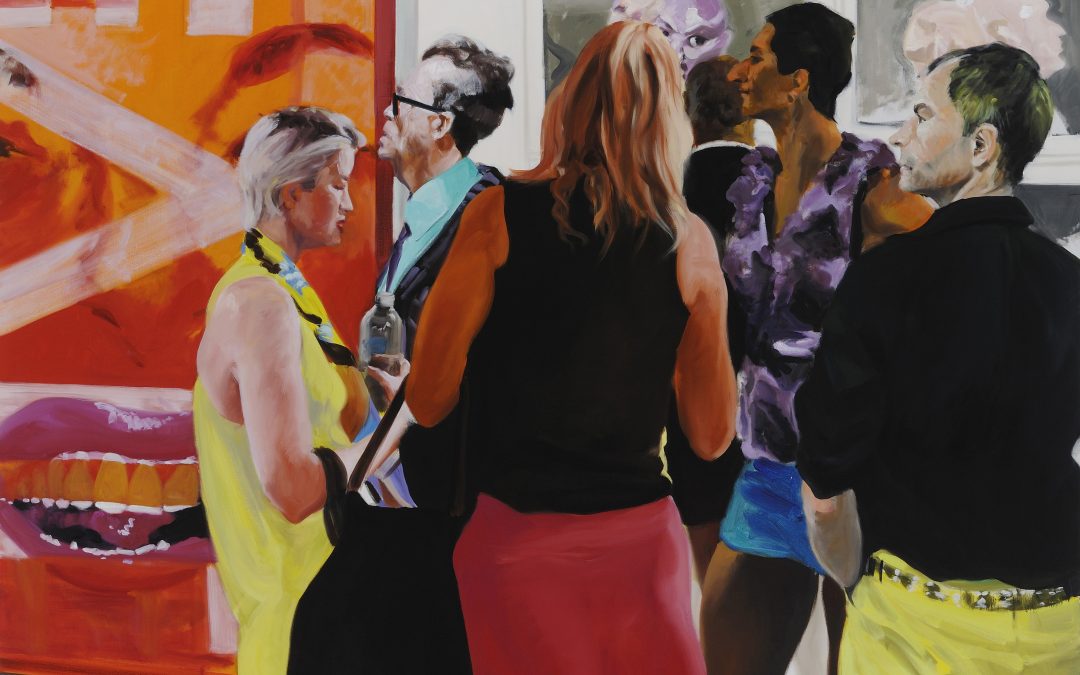
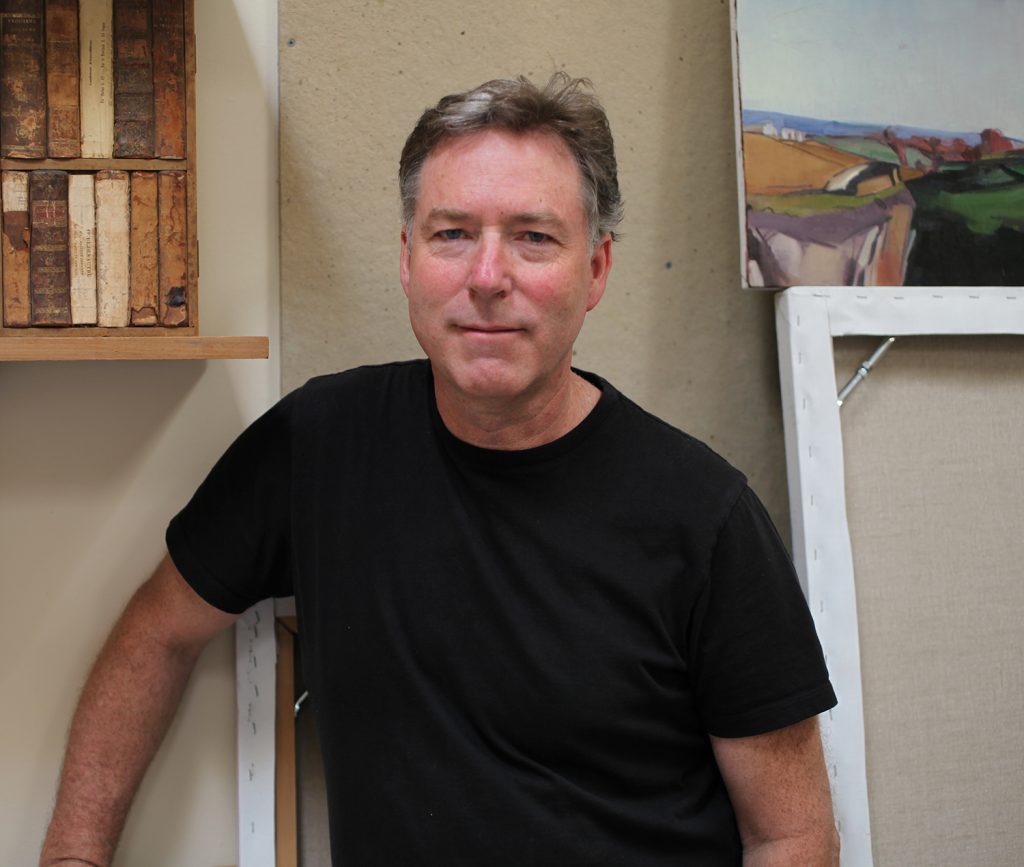

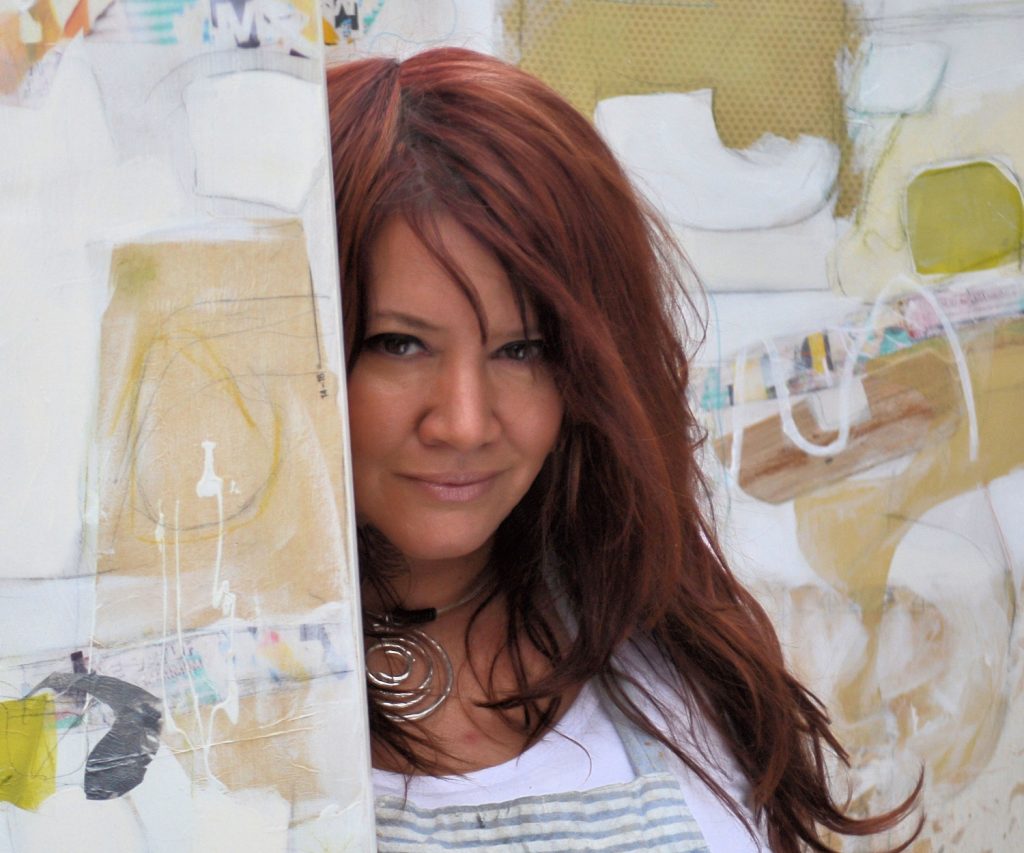
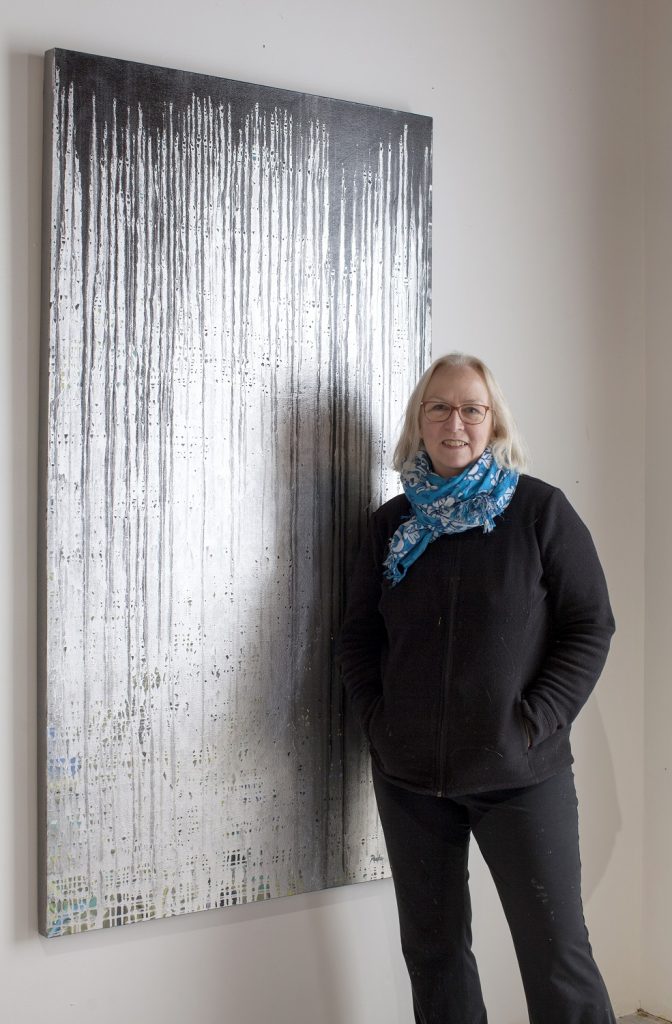
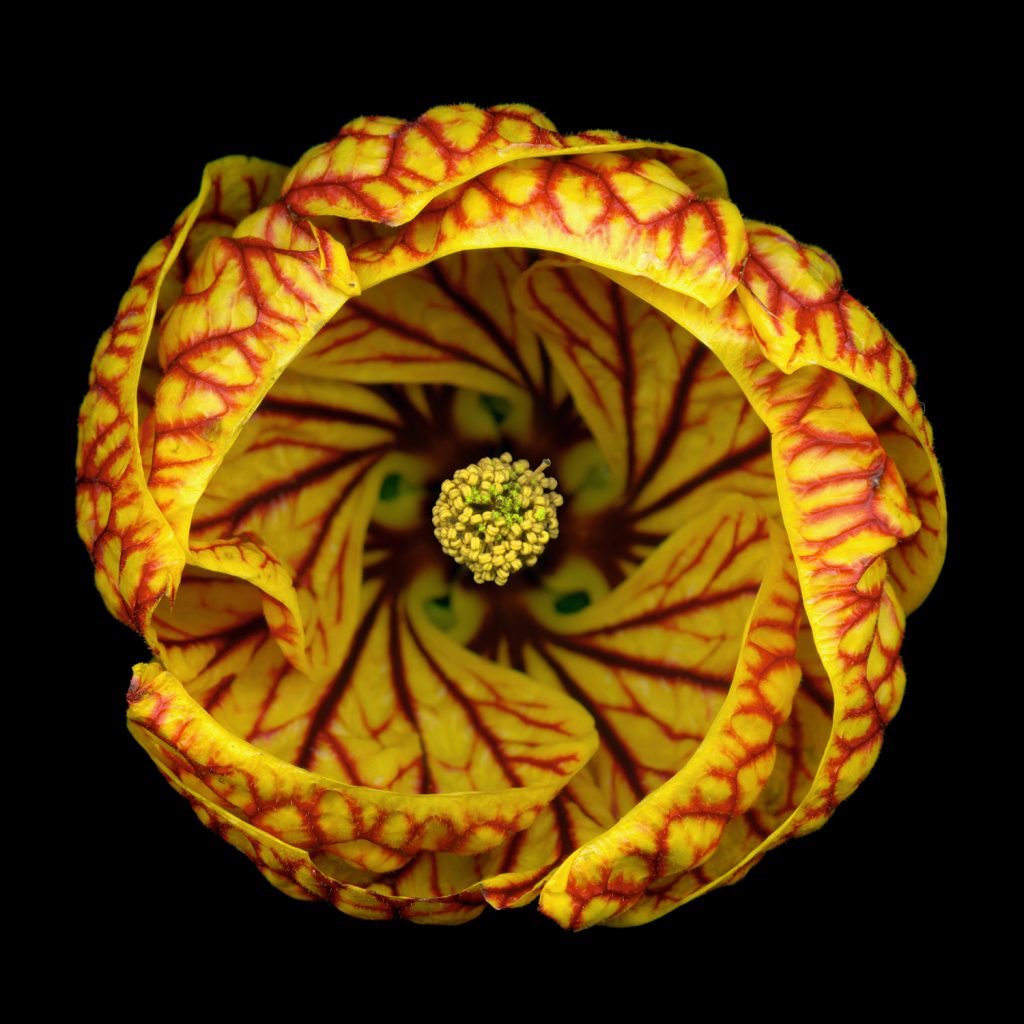
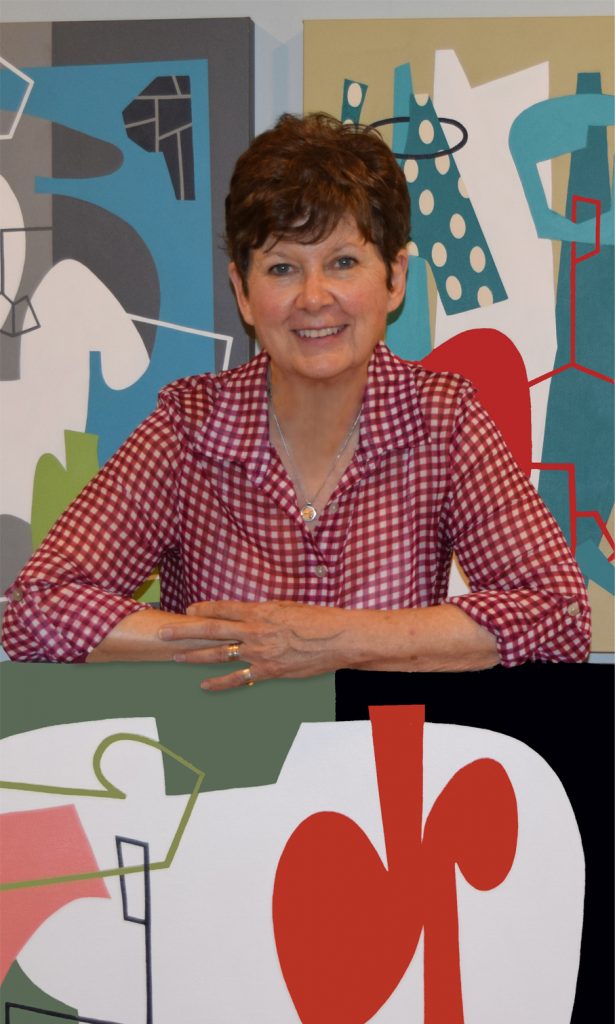
There are some real pearls of wisdom here. Thank you Ann Landi and thank to all the artists that took the time to share.
Ann, this is an especially generous article, full of useful ideas, paths, and possibilities. Thanks to you and to the artists who shared so openly.
Thank you Ann for the insight.
I liked this article very much! Right up my alley with my “home show” idea.
Thanks.
Diane Sanborn